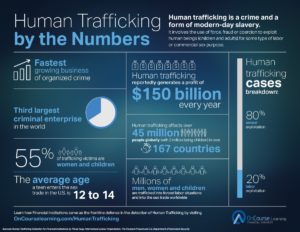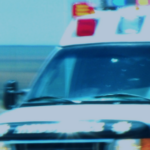4 Tips: Add Empathy to EMS Care
Empathy is about trying to understand, as best we can, someone else’s situation or experience. The question is, do we in EMS truly understand the word? Are we empathetical to ourselves and to the people we work with?
While some say that empathy comes from proper upbringing, today’s decline in civility means we see less and less of it displayed. A major contributing factor is the “tough” exterior we favor in each other: how often have you heard comments like “come on, just suck it up buttercup,” “you need to be tougher than that to be a medic,” or “we’re EMS, we eat our young.” Why are we like this, and why can’t we reinforce the empathy that naturally resides in all of us?
Empathy is a big part of our jobs, and we need to teach it to our students, our employees and each other. People need to feel that it’s OK to be empathetic and that it’s a natural part of the whole EMS picture.
One of the best techniques to foster empathy is active listening — not only to our patients but also to staff and co-workers. When you actively listen, you H.E.A.R. …
Halt: Stop whatever else you are doing, end your internal dialogue on other thoughts, and free your mind to give the speaker your attention.
Engage: Focus on the speaker. We suggest a physical component, such as turning your head slightly so that your right ear is toward the speaker as a reminder to be engaged solely in listening.
Anticipate: By looking forward to what the speaker has to say, you are acknowledging that you will likely learn something new and interesting, which will enhance your motivation to listen.
Replay: Think about what the speaker is saying. Analyze and paraphrase it in your mind or in discussion with the speaker and other classmates. Replaying and dialoguing the information you have heard will aid in understanding what the speaker is attempting to convey.”1
So always look at the other’s point of view and try to understand what he or she is facing. It just might change your attitude and make you a better provider.
References:
1 Wilson, Donna & Conyers, Marcus, “4 Proven Strategies for Teaching Empathy”. Edutopia, January 4, 2017.







